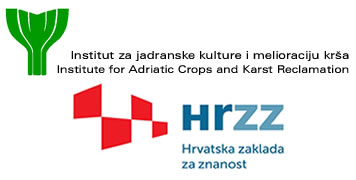Olive fruit fly (Bactrocera oleae Rossi) is the most economically important olive pest, and its presence regularly negatively affects the quantity and quality of olive fruit and oil. For years, the control of B. oleae has been based exclusively on pesticides, which in recent decades have had a negative impact on the environment and biodiversity in olive groves. Therefore, the EU has set a target to reduce the use of pesticides by 50% by 2030 and 100% by 2050. To reduce damage and limit pesticide use, effective non-pesticidal methods of olive fruit fly monitoring and/or control are needed. In addition, available lures are not effective enough to control B. oleae in olive groves or in years with high populations. Current evidence suggests that various waste brewer’s yeasts attract certain teprhitids, but it has not yet been studied which of the volatile compounds they produce attract a particular pest species. Because the interaction between B. oleae and waste brewer’s yeasts, a by-product of beer production, and their volatile compounds has not yet been studied, this project will investigate whether two main types of modified waste brewer’s yeasts are attractive to B. oleae and, if so, which volatile compounds may be responsible for the attraction. In addition, the release rates of the volatile compounds from a slow release device will be investigated to find the most attractive and effective lure that could be used in the future to monitor and/or control B. oleae as the most important olive pest. The goal of this project is to develop a new and more effective method to protect olives from the pest and reduce losses in olive and olive oil production due to infestation by the most economically important pest. This new approach could also be applied to other harmful tephritids that cause high losses in many agricultural crops. With this discovery, Croatia would certainly stand out among olive-growing countries as one of the pioneers in the protection of olives.
